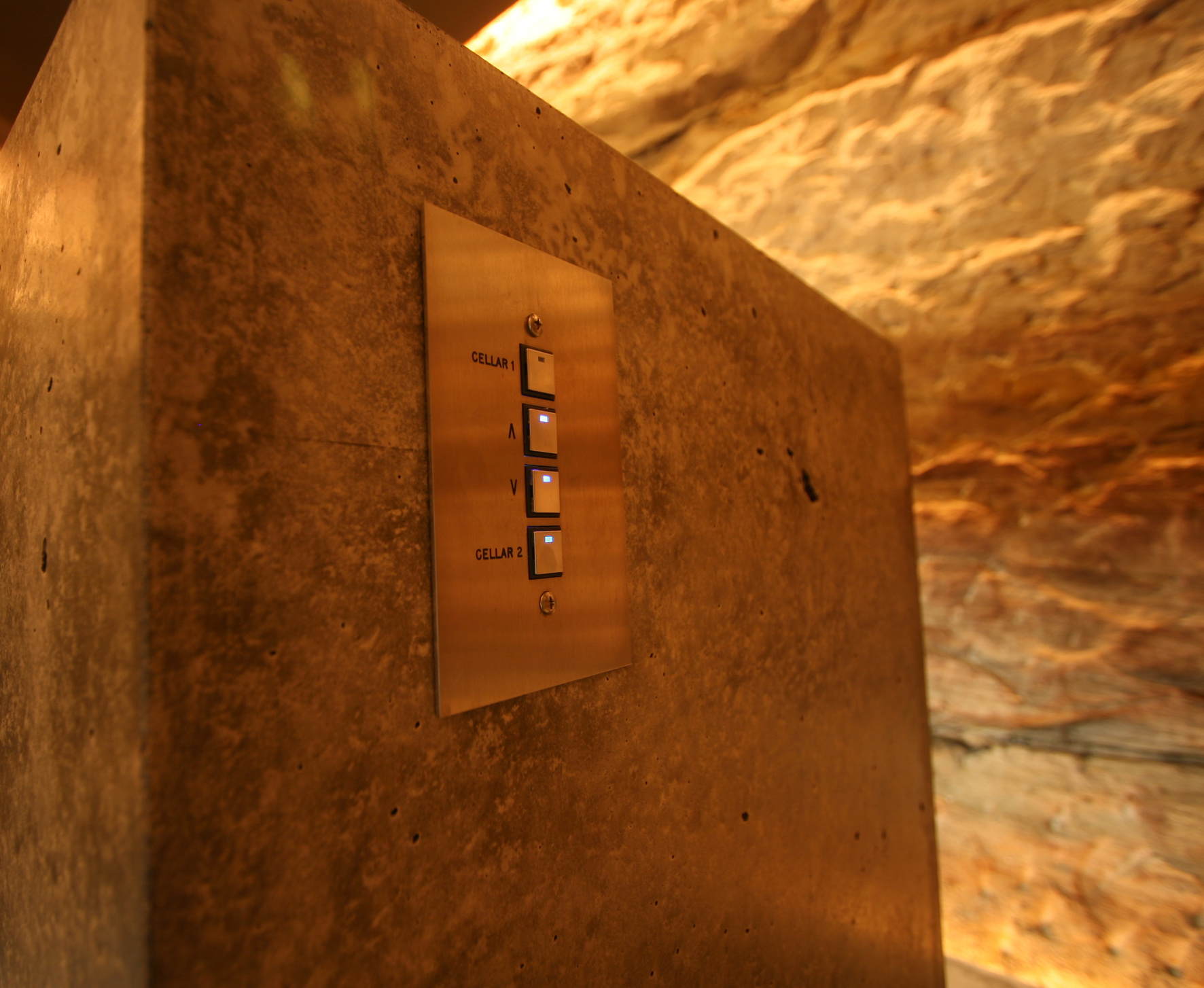Inside a ‘green’ house
In today’s residential building landscape, it is not unusual for homes to be equipped with state-of-the-art home automation systems. When implemented correctly, such systems provide owners with a powerful combination of sophisticated functionality and flexible, easy-to-use operability. A company leading the way in the design and installation of such home automation systems is AVD Australia.
The home automation pioneers recently raised the bar for system integration and performance at a new residence located in the heart of Sydney, Australia. From conceptualisation and design, through to installation and commissioning, AVD Australia has provided the unique residence with a fully integrated and customised home automation system.
Five storeys high, the converted warehouse dwelling has been specifically designed to reduce power consumption and optimise efficiency. Incorporating individual best-of-breed control systems dedicated to lighting, audio-visual, temperature and security, the integrated home automation system provides the occupant with the highest level of control available. A key element of the home automation system is a residence-wide communications backbone founded on the latest lighting control and automation technology from Philips Dynalite.
ADVERTISEMENT
Architecturally impressive, the energy-efficient residence has been built around a central atrium that spans all five floors and features a motorised glass roof. The roof automatically opens and closes depending on external climatic conditions and internal temperature, while also allowing natural light to enter the building. Similarly, automated louvers located throughout the house are also adjustable.
Changes to the roof and louver positions are triggered by a network of temperature sensors throughout the home’s 30 conditioned zones. A sophisticated air-circulation system takes hot air from the top of the building and distributes it to the areas of the house in need of warmer air. Together, these automated temperature control systems have the potential to deliver significant energy savings.

Low-temperature lighting has been incorporated into the home’s unique natural sandstone wine cellar to avoid adversely affecting the humidity of the room.
This energy efficiency extends to the home’s lighting system. A Philips Dynalite system equipped with over 100 dimmable lighting channels provides the home with reliable lighting control. Here, light levels can be modulated according to the level of natural light available. Importantly, every dimmable controller is factory set with an output level of 90 per cent to maximise lamp life and minimise energy consumption. Furthermore, low-temperature lighting has been incorporated into the home’s unique natural sandstone wine cellar to avoid adversely affecting the humidity of the room.
The home’s numerous automated processes are supported by a single integrated control and automation system. The individual best-of-breed control systems are linked via Philips Dynalite’s sophisticated peer-to-peer communications serial bus network, DyNet, and overseen by a central AMX control system. Five DyNet control networks (one per floor) are connected via a single DyNet backbone, which in turn, feeds into the central controller.
“The lighting system is the one system that permeates throughout the entire house, so it makes sense to use it as the central communications backbone to control other systems,” said Julian Muir, AVD Australia Director. “We needed a system capable of communicating seamlessly and reliably with each of the stand-alone systems. Here, the Philips Dynalite solution is absolutely bulletproof. It is beautifully engineered—one of the best in this regard. It’s reliable, tough and doesn’t drop out—a necessity in residential applications like this one.”
Further reliability is leveraged via the control system architecture. “Installing a dedicated DyNet network on each floor means that if one network goes down, the others will remain online,” said Muir. “Design strategies like this ensure maximum network availability, while the transmission of unnecessary messages up and down the entire network can be avoided.”
The integrated control system is configured and managed via any of the home’s four AMX touch screens, or the on-site PC located in the central distribution point in the basement. This provides residents with an easy-to-use control point from which they can interrogate any of the home’s automated systems. In fact, AVD developed a customised graphical user interface (GUI) to make controlling the multiple systems straightforward.
In such residential installations, it is important that the style of the home is not compromised by the home automation system. “It is imperative that the home automation and control infrastructure remains unseen,” said Muir. “While wires and conduit can be hidden in wall cavities, external fixtures like switch plates and panels must be aesthetically pleasing and closely matched to the décor of the home.”
Here, Philips Dynalite supplied AVD Australia with 37 customised switch plates. “Different areas of the house require different levels of functionality, so we tailored individual switch plates to each application,” said Aaron Castles, Philips Dynalite NSW Residential Sales Engineer. “Each flush-mounted switch plate has been developed with a unique button configuration and finished with a customised fascia to match the home’s modern décor.”
With the ‘green’ home automation and control system online, the residents are able to marvel at the extent of the energy savings available to them. In fact, AVD Australia was recently awarded a 2009 AMX Best Project Award, for the company’s contribution to the new energy efficient home. However, AVD Australia is quick to share the accolade. “A first-class automated home is really the sum result of a number of control systems working fluidly together,” said Muir. “Philips Dynalite delivers the reliability required for such integrated home automation systems.”
-
ADVERTISEMENT
-
ADVERTISEMENT
-
ADVERTISEMENT
-
ADVERTISEMENT
